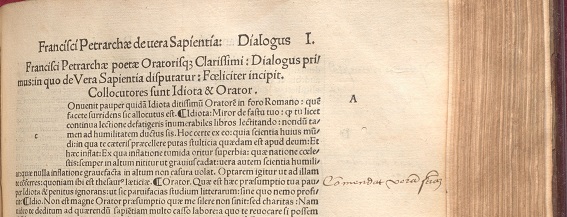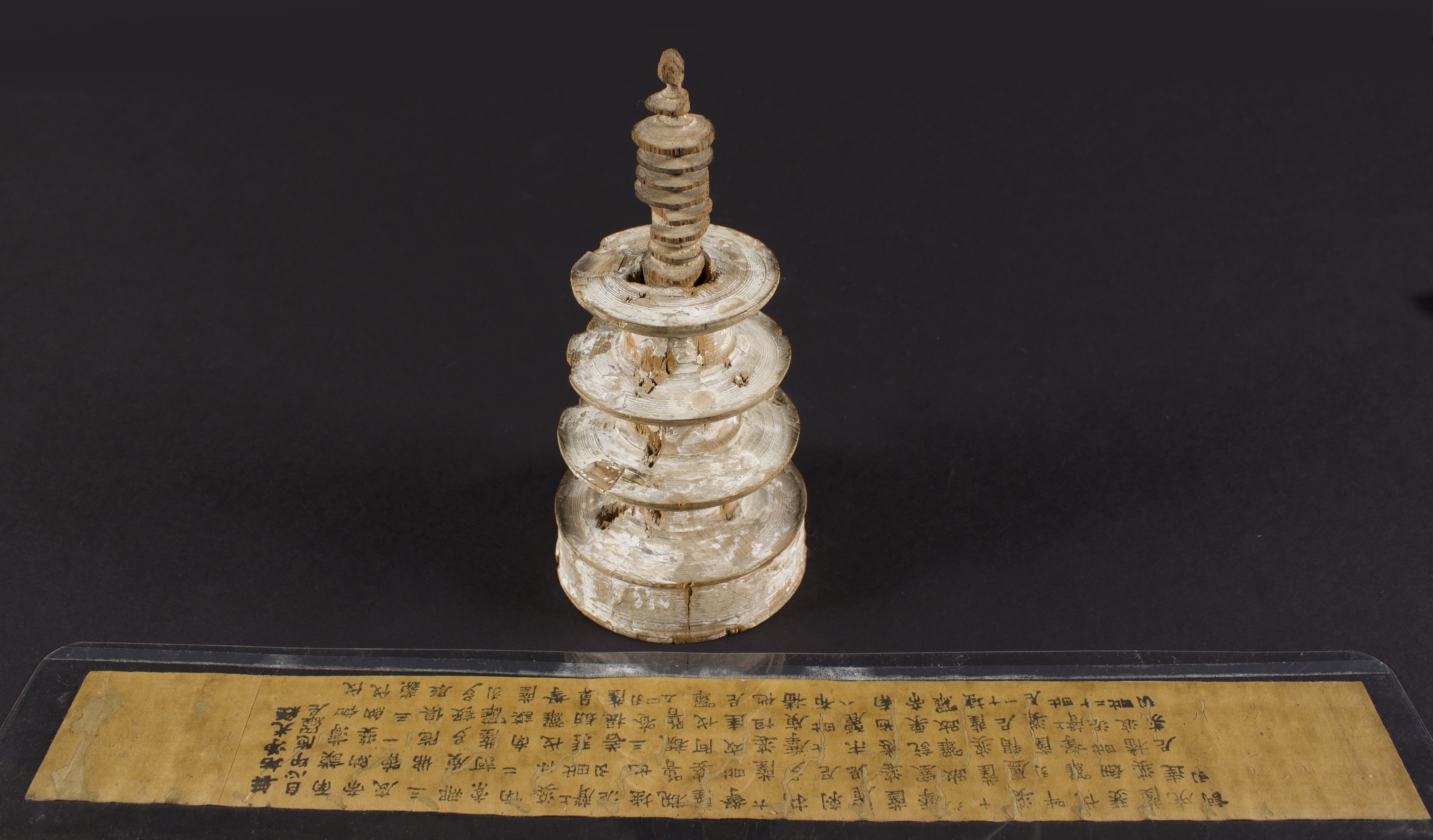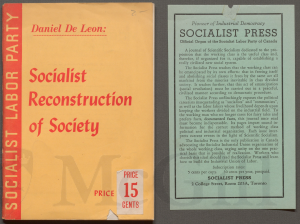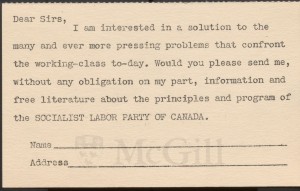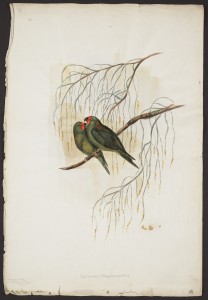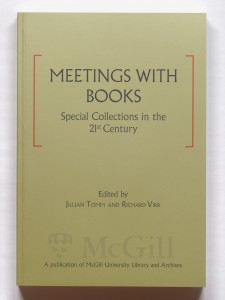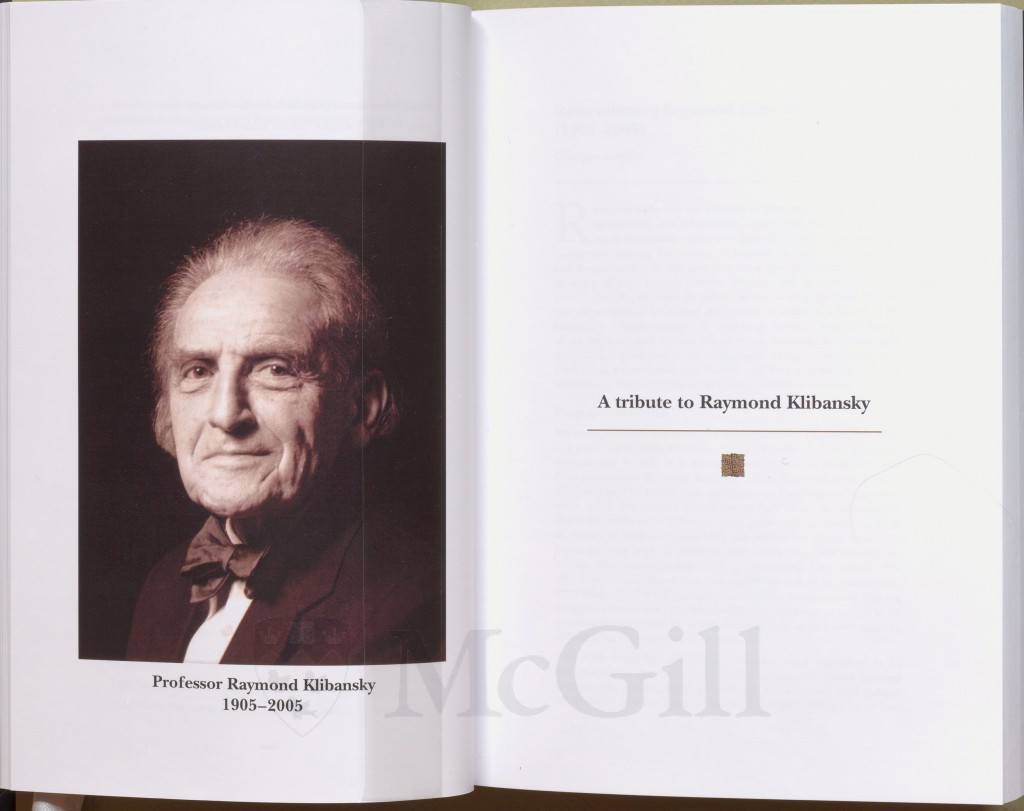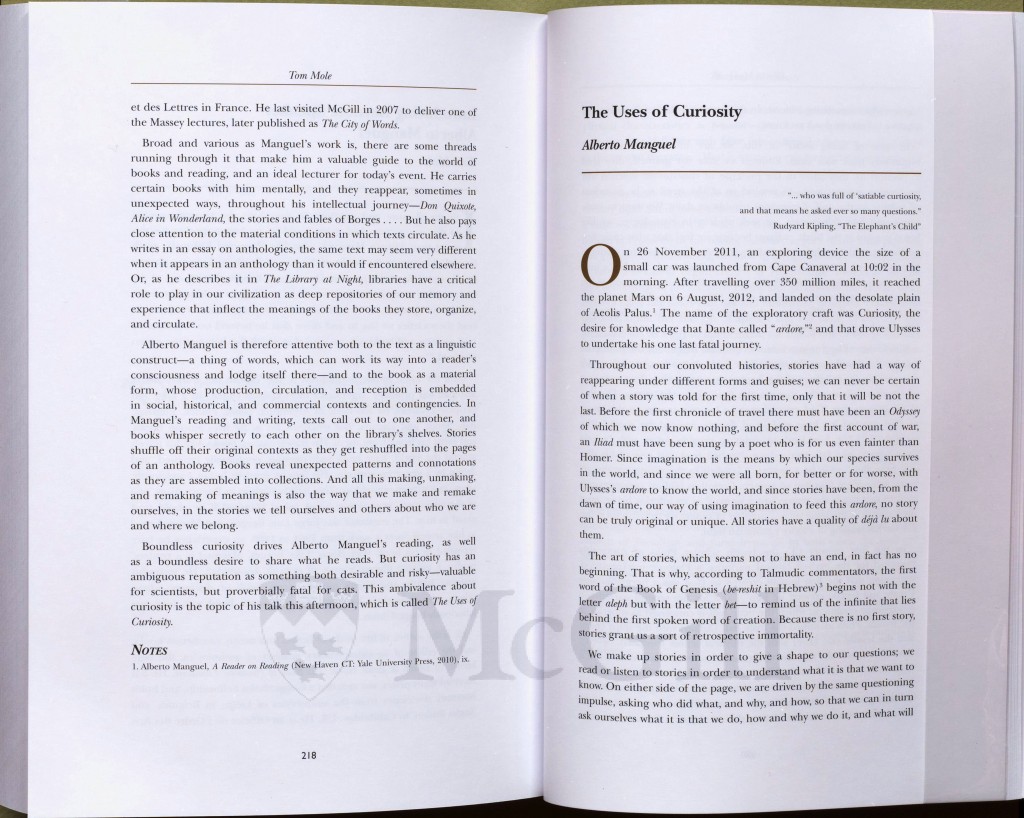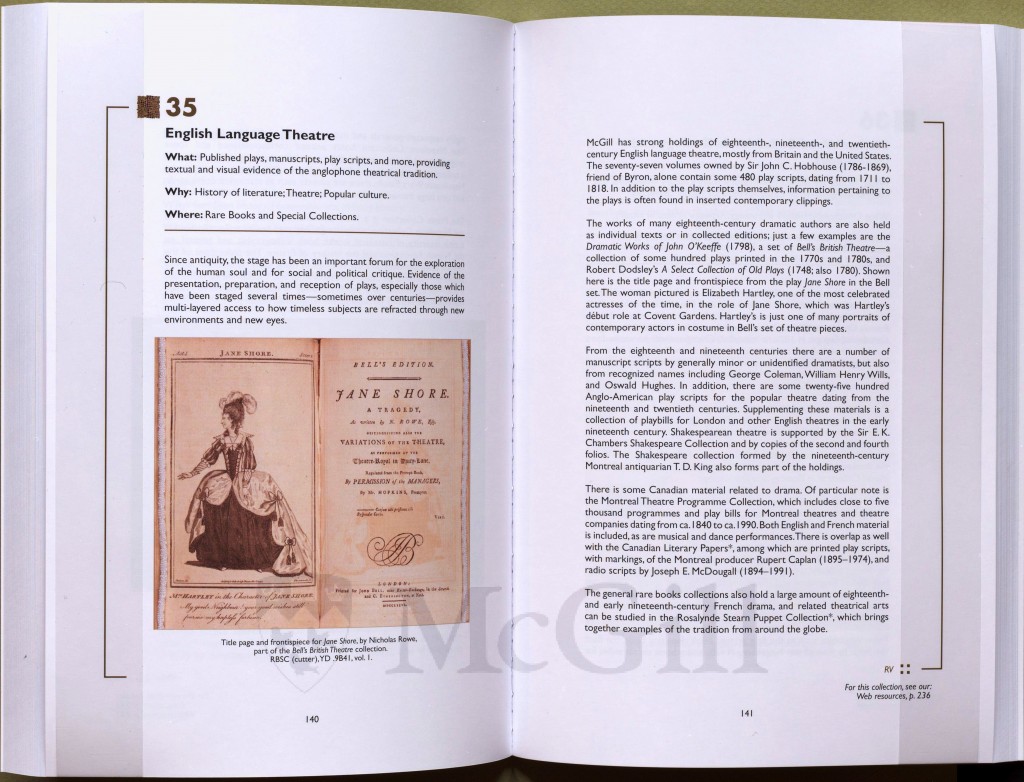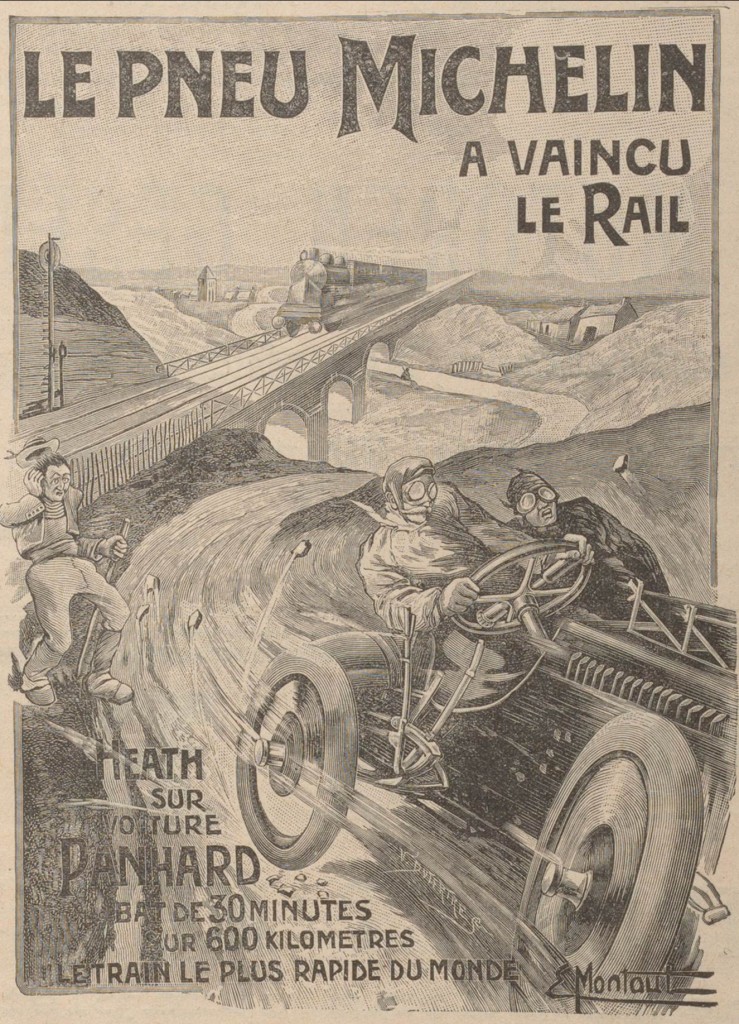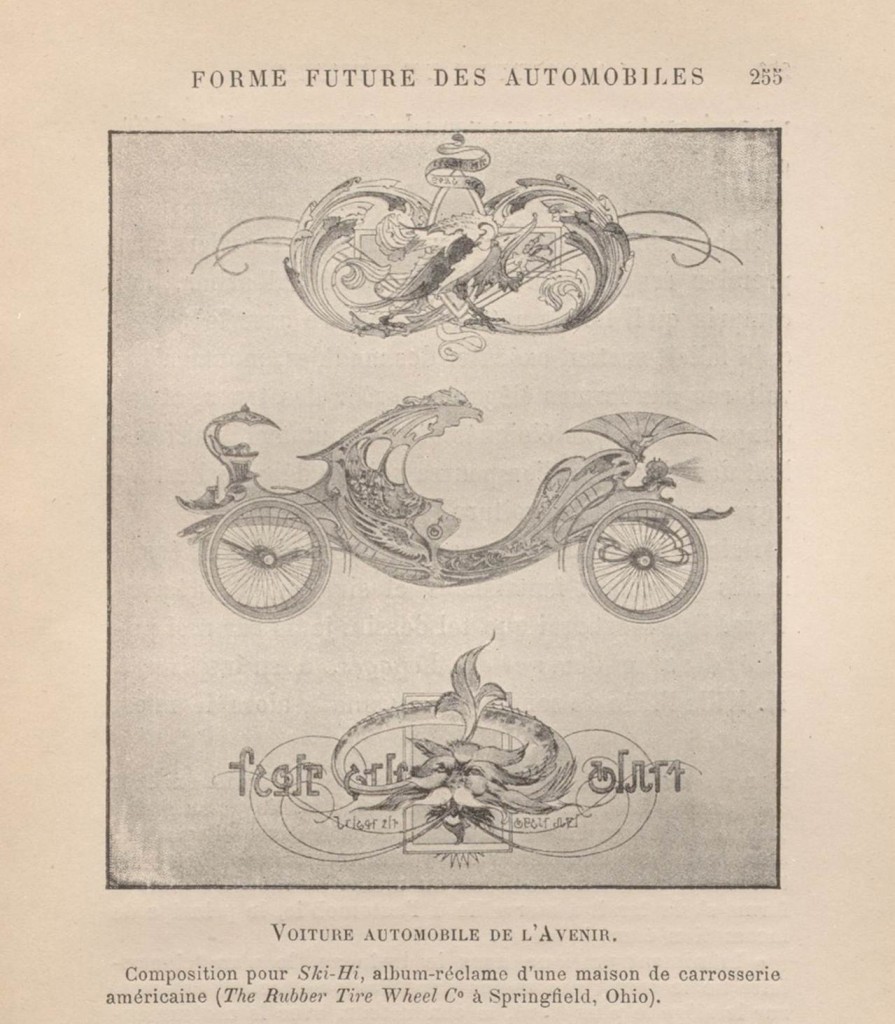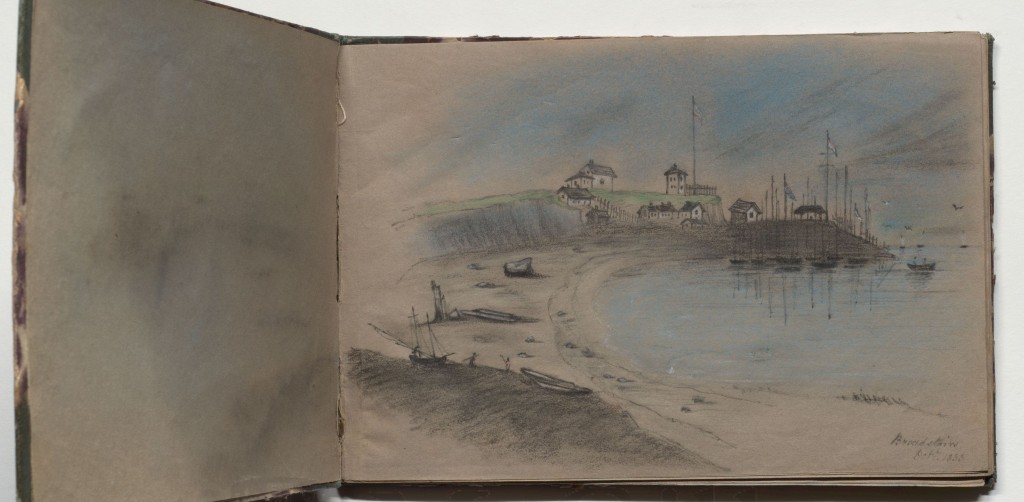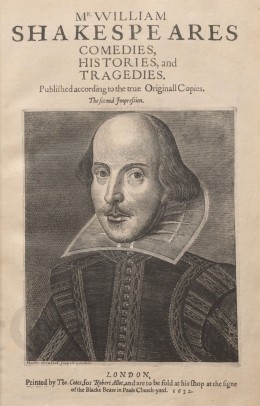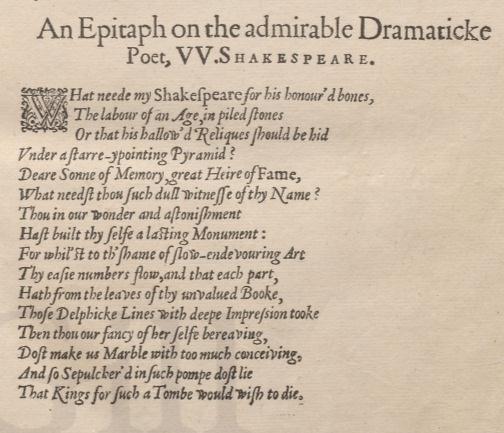Sophie Trolliet-Martial completed an eight week internship at Rare Books and Special Collections as part of her masters in library and information studies at the Université de Montréal. During that time she worked with archival material from the Raymond Klibansky Collection, bringing new material to light for an active research team, and making the material accessible as a whole through documentation and structured re-housing. We asked her to write about her experience.
By Sophie Trolliet-Martial
J’ai fait la connaissance de Monsieur Raymond Klibansky en mai 2015 à travers la collection qu’il a léguée à l’Université de McGill en 2005. Étant étudiante à l’école de bibliothéconomie et sciences de l’information (EBSI) de l’Université de Montréal, j’ai effectué mon stage de fin d’études à la division des livres rares et collections spécialisées de l’université de McGill aux côtés de ma superviseure, madame Jillian Tomm. C’est dans ce cadre-ci que j’ai eu la chance de travailler pendant huit semaines sur la collection de monsieur Klibansky afin de préparer de la documentation à présenter lors d’un symposium international en collaboration avec l’Université de Montréal, le Warburg Institute et Deutsches Literaturarchiv Marbach. Cet évènement intitulé «The Warburg Library’s Network: Geography and History of an Intellectual Afterlife. From Hamburg to London, and to Montreal – The contribution of Raymond Klibansky (1905-2005) » s’est tenu les 18 et 19 juin 2015 à Londres.
J’ai ainsi découvert le philosophe et historien, monsieur Raymond Klibansky. J’ai sauté pieds joints dans sa collection comme on plonge en plein milieu de l’océan rempli de trésors et de surprises. Monter une bibliothèque et l’enrichir au fil du temps nous apprend que monsieur Klibansky est un amoureux des livres mais aussi curieux de la vie, des êtres humains et du monde.
J’ai vécu cette expérience en deux étapes : la première que je nommerai d’« immersion matérielle», une entrée dans les rayons, visualisant le dos puis la couverture des livres, feuilletant des ouvrages de différents formats, époques et origines. Puis, je me suis immiscée dans les documents archivaux de monsieur Klibansky, des boîtes et des classeurs comprenant des lettres manuscrites et dactylographiées, des cartes postales, des reçus et des tirés à part. J’appellerai la deuxième approche, l’«immersion immatérielle», c’est-à-dire l’interprétation de ces écrits qui m’ont guidée, grâce à l’analyse de leur contexte, vers un enrichissement de la connaissance.

